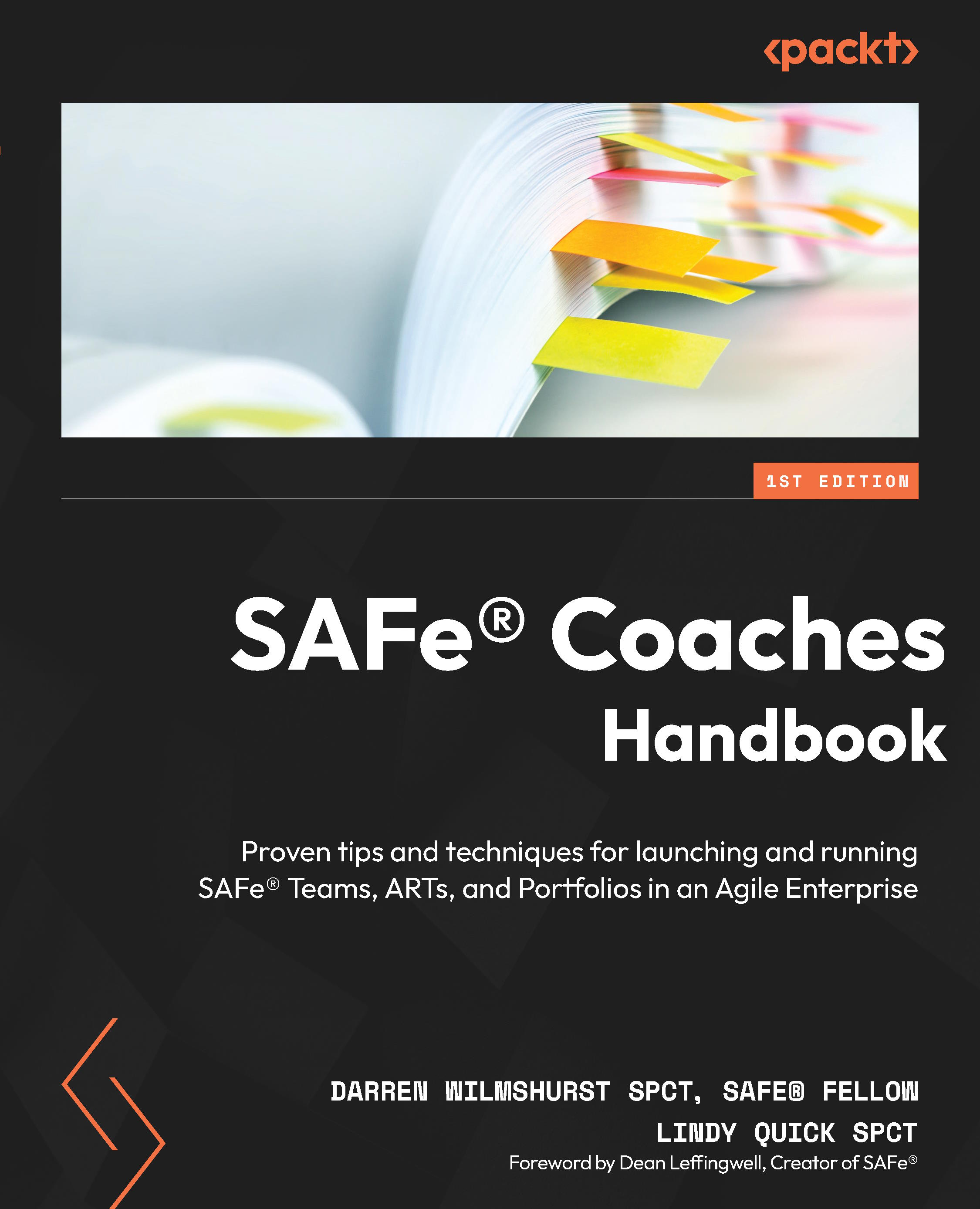Casualties of the digital age
There is no doubt that we are in the deployment stage of the Age of Software and Digital following the devastating effect of Covid-19 not only on businesses but also on people’s lives and loved ones.
Part of your narrative when teaching SAFe®, running a workshop, or talking to Leaders is to remind them of some of those business casualties. The examples provided are UK based, but you will need examples that reflect your region and even industry.
Primark, a European fashion retail store, was forced to close all 375 stores 12 days after the initial Covid-19 lockdown in March 2020. They did not reopen for six months and reportedly lost £800m in revenue because they could not sell online. Two years later (yes, two years), in October 2022, Primark announced a trial of a click-and-collect service across just 25 stores. While Primark has survived, they still do not have full e-commerce capability.
The same cannot be said for Sir Philip...
































































